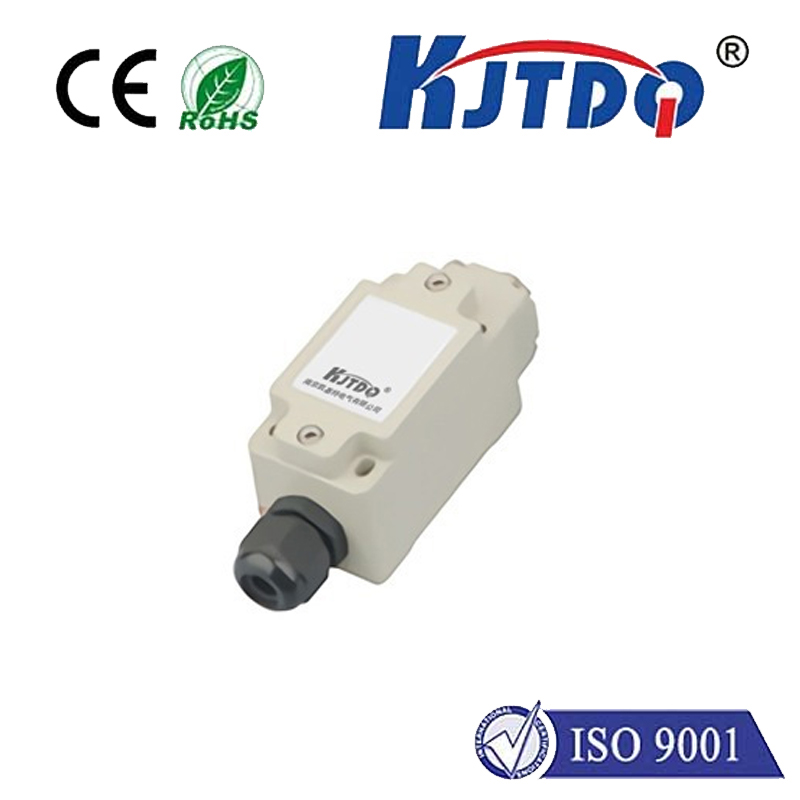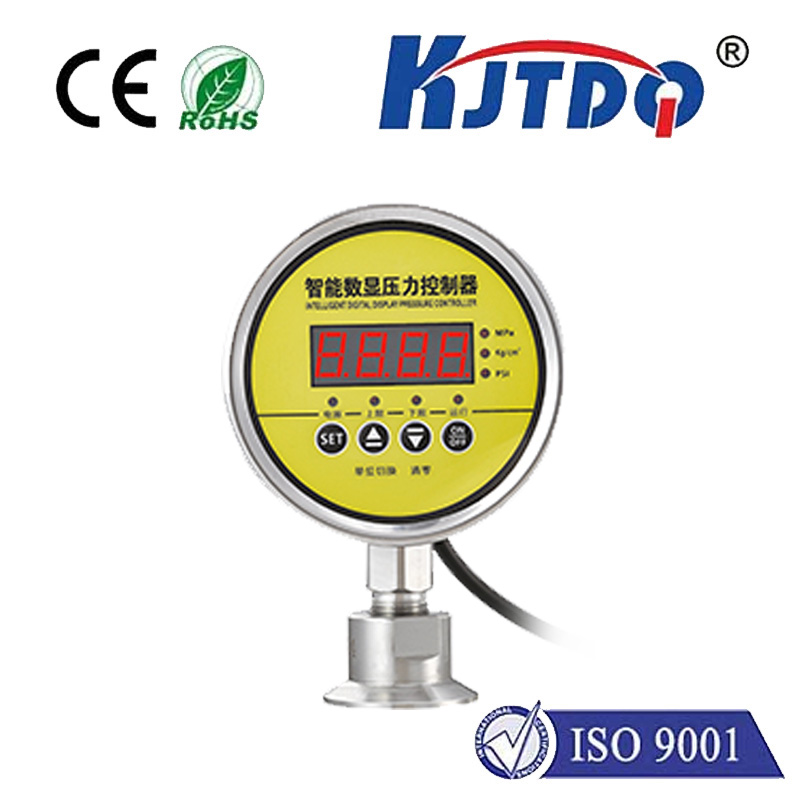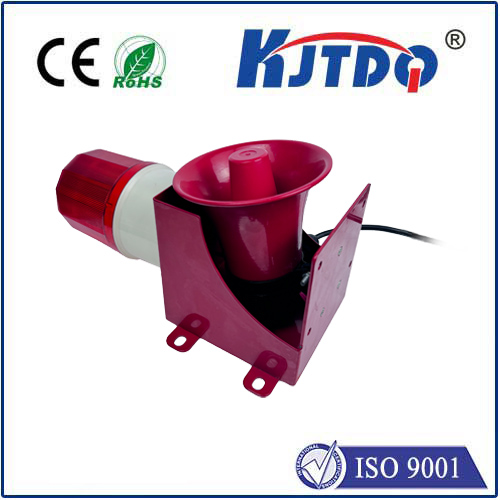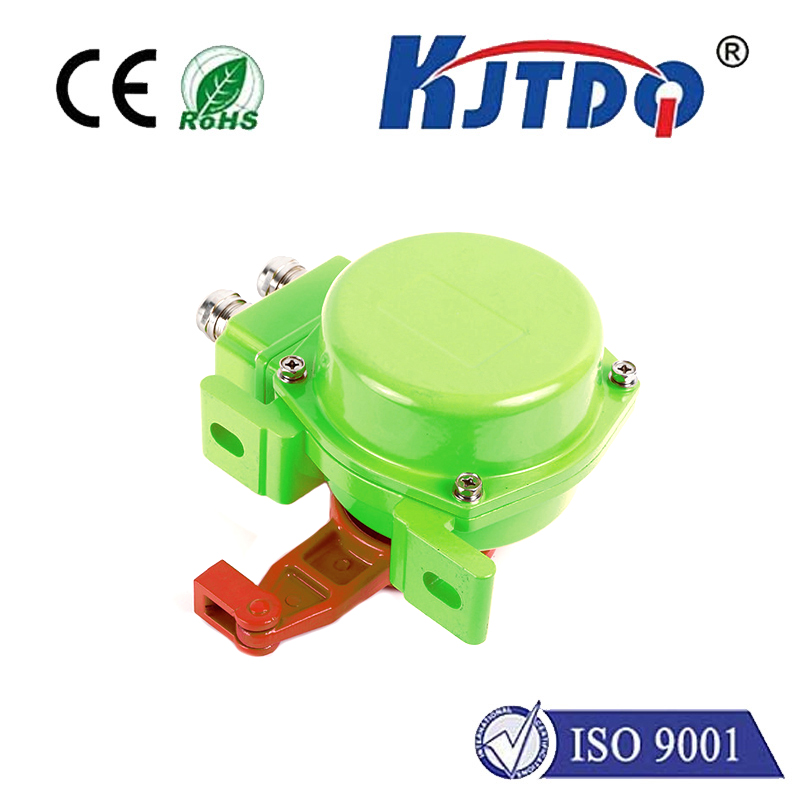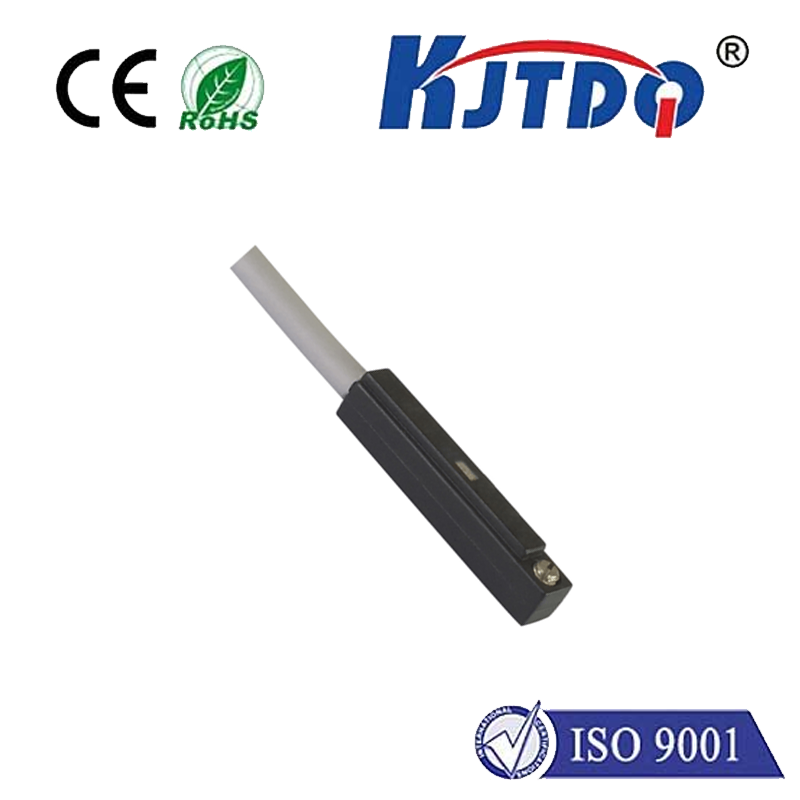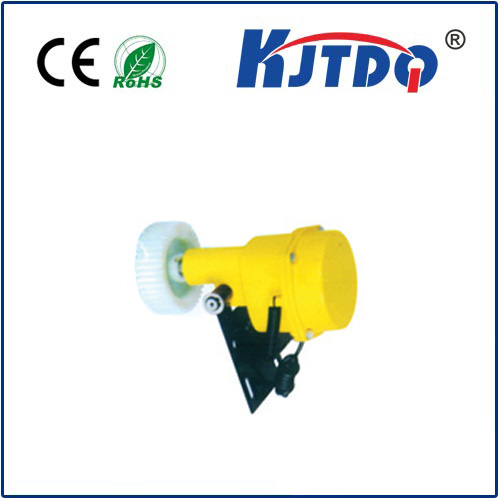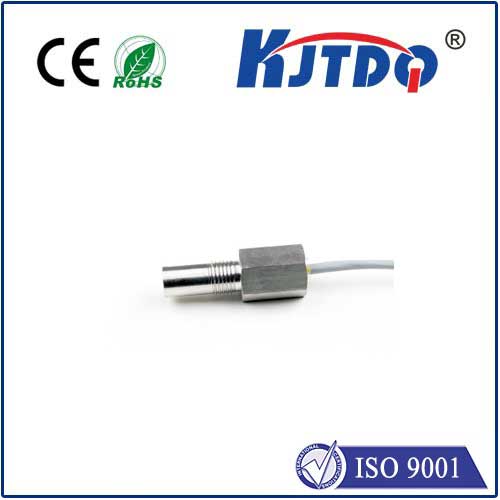
check

check

check

check
Title: Understanding Limit Switch 3 Pin Mechanism in Automation Systems
In the world of automation, limit switches are essential components that help control the movement of machines and devices. These switches consist of a contact point that connects to an electrical circuit, which triggers an action when the switch is pushed or pulled beyond its limits. One type of limit switch that has gained popularity in recent times is the 3-pin limit switch. This article aims to provide a comprehensive understanding of the 3-pin limit switch mechanism, its applications, and benefits.
Part 1: Introduction to the 3-Pin Limit Switch
The 3-pin limit switch is a type of mechanical switch that uses a simple internal mechanism to detect when a machine or device has reached its desired position. It consists of three main components: a stem, a contacts block, and an electric coil. When the stem is moved, it interacts with the contacts block, which causes an electromechanical reaction that triggers the coil's current flow. The current flow then activates or deactivates a corresponding signal, such as a motor or sensor, allowing for automatic control and positioning of the machine.
Part 2: The Working Principle of the 3-Pin Limit Switch
The 3-pin limit switch operates based on a simple principle called "push-pull" action. When the stem of the switch is pushed forward, it moves towards the contacts block, causing a connection between the stem and the contacts block. This connection generates an electromechanical force that pushes against a spring or other resistance inside the switch, causing the contacts block to move apart from each other. As the stem continues to be pushed forward, the contacts block moves further away from each other, creating a negative voltage drop across the coil. This voltage drop triggers the coil's current flow, which activates or deactivates a corresponding signal.
Part 3: Applications of 3-Pin Limit Switches
The 3-pin limit switch is widely used in various automation systems due to its reliability, accuracy, and simplicity. Some of its key applications include:
1. Positioning Control: In industrial machinery and equipment, the 3-pin limit switch is used to precisely control the position of machines and devices during production processes. It provides accurate feedback on machine position, enabling operators to make adjustments as needed to maintain optimal performance.
2. Motion Control: The 3-pin limit switch can be used in motion control systems to achieve precise positioning and control of moving parts such as motors, servos, and actuators. By monitoring the switch's activation and deactivation signals, these systems can accurately adjust the speed and direction of motion to achieve specific goals.
3. Safety Control: The 3-pin limit switch can also be used as a safety mechanism in hazardous environments where manual intervention may be dangerous or impractical. By detecting when a machine has reached its desired position or stopped moving, these switches can trigger an automatic stop command, preventing accidents and ensuring worker safety.
Part 4: Benefits of Using 3-Pin Limit Switches
There are several advantages to using 3-pin limit switches in automation systems, including:
1. Easy Installation: The simple internal mechanism of the 3-pin limit switch makes it easy to install and operate, saving time and reducing labor costs in maintenance and repair tasks.
2. High Reliability: The robust construction and reliable operation of the 3-pin limit switch ensure consistent performance even under harsh operating conditions, making it ideal for use in demanding applications.
3. Accurate Feedback: The precise detection of machine position by the 3-pin limit switch provides accurate feedback on machine performance, enabling operators to make timely adjustments and improve overall efficiency.
4. Energy Efficiency: The low power consumption of the 3-pin limit switch helps reduce energy waste and lower operational costs, making it an environmentally friendly choice for automation systems.
Conclusion:
In conclusion, the 3-pin limit switch is a crucial component in modern automation systems due to its simplicity, reliability, and accuracy in providing feedback on machine position and control. From position control and motion control applications to safety control in hazardous environments, this mechanical switch has numerous benefits that make it an essential component for any automated system. As technology continues to evolve, we can expect further improvements in design and functionality of limit switches like the 3-pin option, further enhancing their usefulness and relevance in various industries worldwide.
